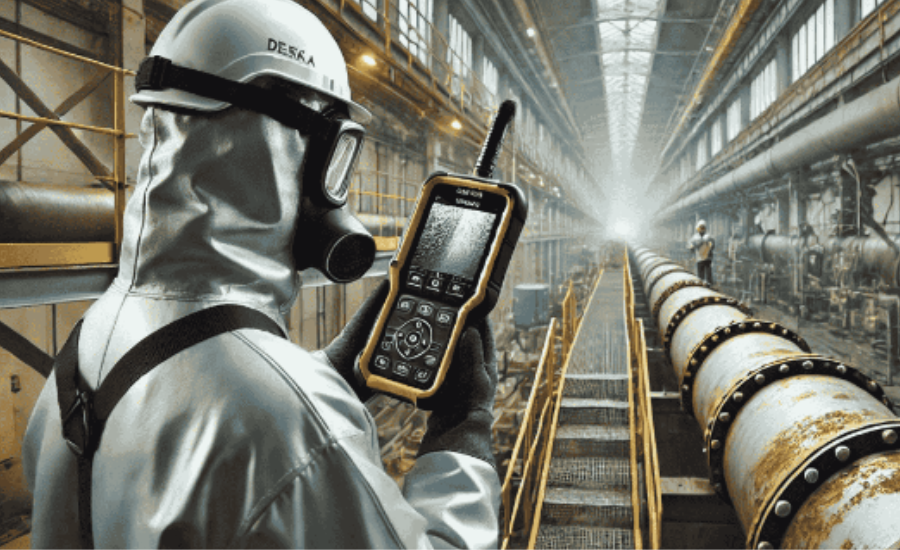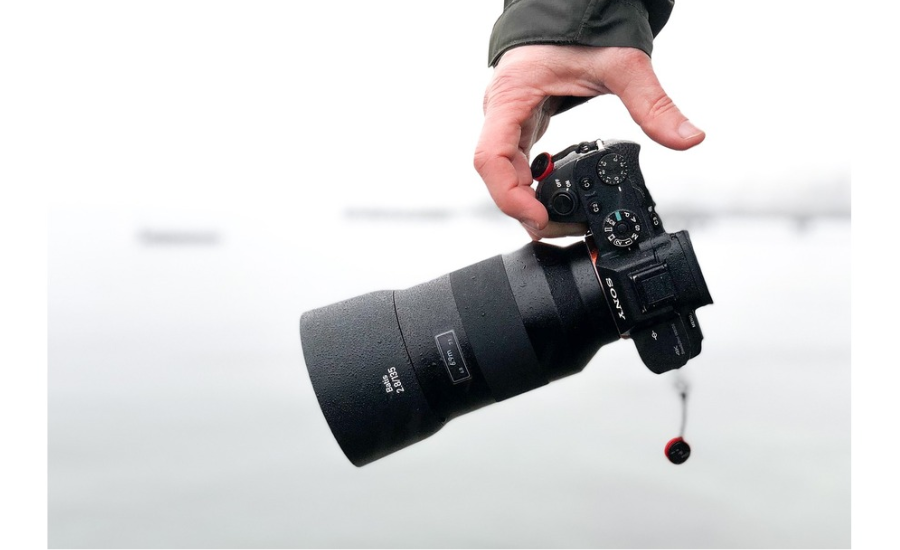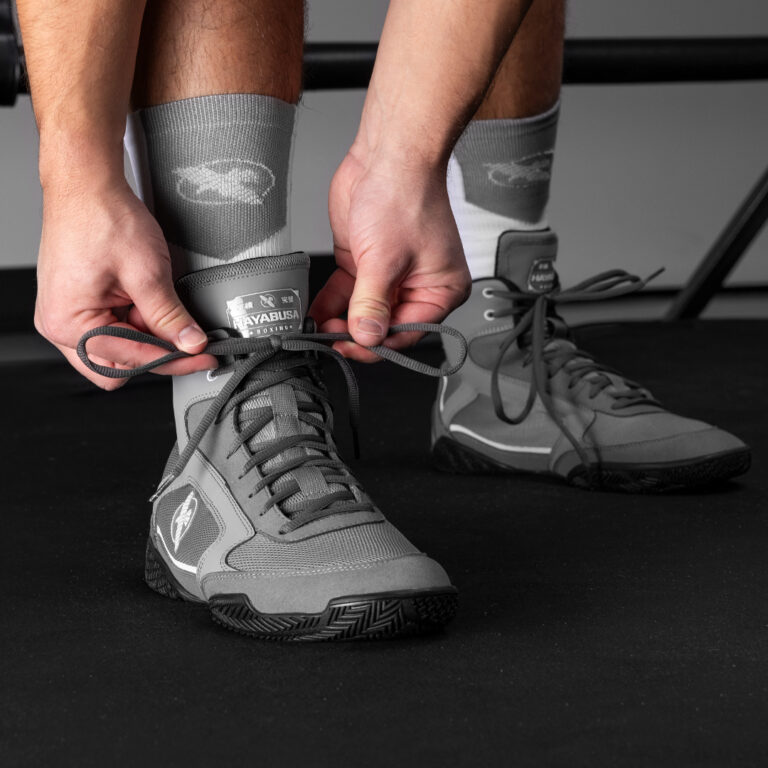
The DEKRA VT1000 Pitting Images tool is a groundbreaking device designed specifically for inspection processes, particularly in identifying and capturing images of pitting corrosion. Its capacity to provide highly detailed and accurate imagery makes it an indispensable tool in various industries. The importance of detecting corrosion at an early stage cannot be overstated, as it significantly helps prevent severe and costly damage to equipment in the future. Regular inspections using images from a DEKRA VT1000 are crucial in maintaining equipment integrity and safety.
Understanding the critical role of precise pitting inspections is essential. Corrosion can often go unnoticed without specialized equipment, potentially leading to significant challenges down the line. The DEKRA VT1000 simplifies and enhances the inspection process, making it easier to identify and address issues before they escalate. This article provides valuable insights on effectively using the DEKRA VT1000 and highlights what makes this tool a leading choice for capturing pitting images.
What Is The DEKRA VT1000?

The DEKRA VT1000 is an innovative inspection tool designed to assess the condition of vital vehicle components, including tires, brakes, and other critical parts. Developed by DEKRA, a global leader in safety testing and certification, this advanced device provides a reliable means to identify early signs of wear and tear that could compromise vehicle performance and safety. The VT1000 excels at capturing pitting images—small, crater-like defects that can often remain unnoticed until they become serious issues.
Pitting refers to tiny holes or depressions that develop on surfaces such as brake discs and tires. While these imperfections may appear minor initially, they can substantially impact a vehicle’s safety, handling, and overall performance. For example, pitting on brake discs can decrease braking efficiency, while pitting on tires can diminish traction and elevate the risk of blowouts. By using the DEKRA VT1000, technicians can capture detailed images of these imperfections, allowing for early identification and resolution of potential problems.
Employing the DEKRA VT1000 enables automotive technicians to identify these issues promptly, preventing them from evolving into more costly or hazardous situations. This proactive approach not only maintains optimal vehicle performance but also enhances safety for drivers and passengers alike. With its cutting-edge imaging capabilities and focus on precision, images from a DEKRA VT1000 stand out as essential for anyone committed to vehicle maintenance and safety.
Highlighted Features Of The DEKRA VT1000
Key Features
The DEKRA VT1000 offers a range of impressive features that make it a valuable tool for capturing pitting images:
- High-Definition Images: Equipped with a Full HD resolution camera, the VT1000 delivers exceptional image clarity, making it ideal for use in hazardous environments.
- Precise Visual Detail Capture: This tool enables the accurate capture of critical visual details, essential for ensuring safety and operational efficiency.
- Industry Applications: The DEKRA VT1000 is perfect for industries such as oil and gas extraction, chemical processing, and pharmaceuticals, where detailed imagery is vital for effective inspections.
- Enhanced Decision-Making: The tool provides clear visuals for machinery inspection, monitoring processes, and documenting conditions in real-time, aiding informed decision-making.
The advanced imaging capabilities of the DEKRA VT1000 significantly enhance the clarity and detail of pitting images. This feature is especially crucial in hazardous environments, allowing for precise capture of visual details necessary for maintaining safety and operational efficiency, particularly in explosive atmospheres. Industries like oil and gas extraction, chemical processing, and pharmaceuticals benefit immensely from this tool, as its high-quality images support accurate assessment, monitoring, and troubleshooting of potential issues.
Applications Of Images From A DEKRA VT1000

The DEKRA VT1000 is indispensable for various industrial inspections, particularly in sectors where safety and efficiency are paramount. Here are some applications highlighting the importance of images from a DEKRA VT1000:
Industrial Inspections
In industries like oil and gas, where safety is of utmost importance, the DEKRA VT1000 plays a critical role in performing thorough inspections. Its Full HD resolution and 30x optical zoom enable inspectors to closely examine equipment, pipes, and structural components from a safe distance. The high-definition imaging capability of the DEKRA VT1000 ensures that detailed assessments can be made without needing to be in close proximity to potentially dangerous machinery. This feature is particularly beneficial in situations where direct access is restricted due to safety protocols.
By allowing for remote inspections, images from a DEKRA VT1000 contribute to the safe and smooth operation of equipment, reducing the risk of accidents and minimizing operational downtime. The combination of advanced imaging technology and remote capabilities positions the DEKRA VT1000 as an essential tool for maintaining safety and efficiency across various industrial settings.
The Pitting Image Capture Process
The DEKRA VT1000 utilizes advanced high-resolution cameras and sensors to meticulously scan vehicle components, producing detailed images that reveal even the tiniest pits and cracks. This tool excels at detecting issues that the human eye might easily overlook. Once the images are captured, the sophisticated software analyzes them, highlighting areas requiring attention to ensure prompt resolution.
Here’s how the process works:
- Scanning: The VT1000 systematically scans critical vehicle parts, including tires, brakes, and other components, to detect signs of damage.
- Image Capture: It captures high-resolution images that clearly reveal any pitting or wear present on the surfaces.
- Analysis: The advanced software processes these images to pinpoint any issues that need further investigation or repair.
- Reporting: The results are compiled into comprehensive reports, making it straightforward for technicians and managers to review and assess the vehicle’s condition.
By utilizing images from a DEKRA VT1000, maintenance teams can efficiently track the condition of essential components, ensuring they remain safe and reliable.
The Impact Of Pitting Images Across Various Industries
Images captured by the DEKRA VT1000 play a critical role in several key industries, reinforcing the significance of early detection and proactive maintenance. Here’s how this technology is utilized across different sectors:
Automotive Industry
In automotive maintenance, metal components such as engine parts, brakes, and suspension systems are often exposed to corrosive elements. The DEKRA VT1000 provides detailed pitting images that assist engineers in monitoring the condition of these components. By regularly assessing these images, they can ensure that vehicles remain safe and reliable, preventing potential failures and enhancing overall safety.
Aviation
Aircraft components face extreme conditions that make them highly susceptible to corrosion. The DEKRA VT1000 allows maintenance teams to capture detailed pitting images of critical parts without needing disassembly. This capability not only saves valuable time but also contributes to maintaining safety and operational efficiency within the aviation sector.
Oil And Gas Industry
In the oil and gas industry, pipelines and storage tanks are prone to corrosion, leading to leaks, environmental hazards, and costly repairs. The DEKRA VT1000’s pitting images provide essential data for monitoring the condition of these assets, helping prevent issues that could result in significant downtime and damage. This proactive approach extends the lifespan of equipment and enhances safety.
Manufacturing
Manufacturing machinery often operates under challenging conditions, making it vulnerable to pitting corrosion. Regular inspections using images from a DEKRA VT1000 allow manufacturers to detect pitting early, thus preventing unexpected equipment failures and minimizing downtime. This proactive strategy ensures smooth production processes and reduces the risk of costly interruptions.
Benefits Of Using The DEKRA VT1000 For Pitting Images

The DEKRA VT1000 is an exceptional tool for corrosion inspections, offering significant advantages through its advanced imaging capabilities. Here are some key benefits of utilizing images from a DEKRA VT1000:
- High-Resolution Clarity: The VT1000 captures detailed images of pitting, revealing even minor corrosion issues that might otherwise go unnoticed.
- Early Detection: It aids in identifying corrosion at an early stage, allowing timely intervention to prevent costly damage and avoid equipment failures.
- Enhanced Accuracy: With its precise imaging, the VT1000 ensures accurate assessments and effective maintenance of equipment.
- Detailed Reports: The tool generates comprehensive reports that include high-resolution images, aiding in informed decision-making.
- Efficient and Reliable: Combining cutting-edge technology with user-friendliness, the DEKRA VT1000 delivers consistent and dependable results, making it a valuable asset for any corrosion inspection process.
Common Causes Of Pitting
Understanding the common causes of pitting in vehicle components is crucial for developing effective preventive strategies. Here are several factors that contribute to pitting:
- Corrosion: One of the primary causes of pitting, especially on brake discs, is corrosion. In humid environments, rust can develop, leading to surface pitting and compromising the integrity of the metal.
- High Temperatures: Excessive heat generated from braking can weaken metal surfaces over time. This thermal stress can make the metal more susceptible to damage, resulting in pitting.
- Debris: Small rocks, dirt, and other debris can become lodged between vehicle components, such as tires or brake discs. This debris can create abrasions and contribute to pitting, negatively affecting vehicle performance and safety.
- Age: As vehicle parts age, they naturally undergo wear and tear. This gradual degradation can manifest as pitting, particularly in older components subjected to prolonged use.
By understanding these causes, technicians can take preventive measures to minimize the risk of pitting and maintain the longevity and safety of vehicle components.
Effective Strategies For Preventing Pitting In Equipment
Although the DEKRA VT1000 excels at early detection of pitting, implementing preventive measures can significantly reduce the likelihood of corrosion. Here are some effective strategies to help safeguard metal equipment:
- Regular Maintenance: Adhering to a strict maintenance schedule is vital. Regular inspections and timely servicing of equipment
FAQs About Images From A DEKRA VT1000
1. What is pitting corrosion, and why is early detection important?
Pitting corrosion involves small, localized holes on metal surfaces caused by environmental factors. Detecting it early is vital to prevent serious damage and costly repairs, thus maintaining equipment safety and integrity.
2. How does the DEKRA VT1000 capture images of pitting?
The DEKRA VT1000 employs high-resolution cameras and sensors to scan vehicle components, capturing detailed images of pitting or wear. Its advanced software analyzes these images for quick identification of problems.
3. Which industries commonly use the DEKRA VT1000?
The DEKRA VT1000 is utilized in various sectors, including automotive, aviation, oil and gas, and manufacturing, where detailed imaging is crucial for safety and operational efficiency.
4. What benefits does the DEKRA VT1000 offer for inspections?
Key advantages include high-resolution imaging, early corrosion detection, precise assessments, detailed reporting, and a user-friendly interface that ensures reliable results.
5. How can organizations reduce the risk of pitting in their equipment?
Organizations can lower the risk of pitting by establishing regular maintenance routines, quickly addressing corrosion signs, maintaining appropriate environmental conditions, and conducting regular inspections using tools like the DEKRA VT1000.
Conclusion
The DEKRA VT1000 is an essential asset for conducting pitting inspections across multiple industries, significantly contributing to the safety and performance of equipment. Its advanced imaging technology allows for the early detection of corrosion, enabling technicians to tackle potential issues before they develop into major concerns. Regular utilization of this innovative tool not only improves operational efficiency but also extends the lifespan of critical components. By recognizing the factors that lead to pitting and employing effective preventive measures in conjunction with the DEKRA VT1000, organizations can maintain their equipment in peak condition, ensuring both safety and optimal performance.
Stay tuned for the latest updates and alerts: Forbes Magazines!






